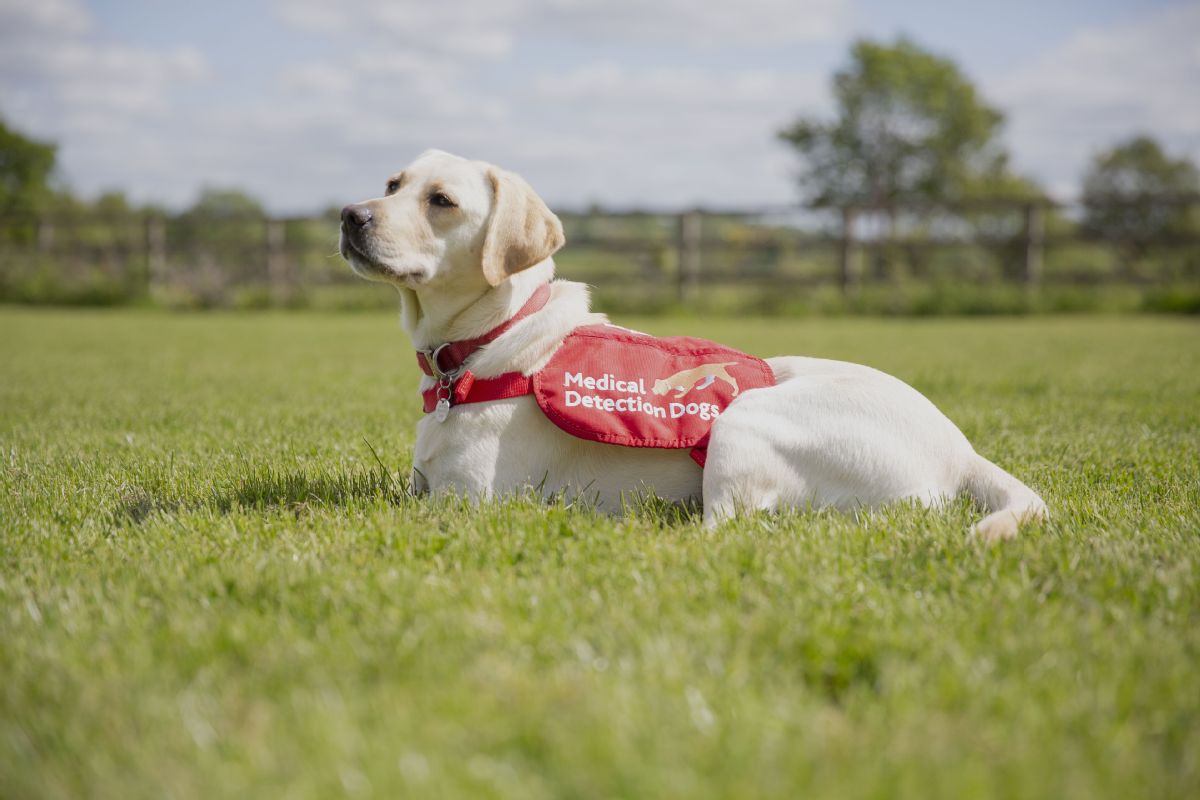Dogs hot on the trail of covid-19 cases


Secondary odors
While some parasites and bacteria emit pungent odors, Logan said it is unlikely that the novel coronavirus has a detectable smell. However, secondary odors are likely to be associated with COVID-19 infection. When a pathogen enters the body, it disrupts cells and metabolic processes, which in turn alter body odor. In some cases, these changes are so significant that they can be detected by humans.
For example, a fish-like odor can be a sign of liver damage caused by hepatitis. Urine emitting a sweet smell is associated with uncontrolled diabetes, while sinus problems can produce breath that smells like mothballs.
When it comes to pitting the diagnostic abilities of the human nose against a dog's, there is no contest.
Scientists estimate that the sense of smell is at least 10,000 times more powerful in dogs than in humans. A dog has between 220 million and 300 million olfactory receptor cells, compared to between 10 million and 20 million in humans. In dogs, the area of the brain that analyzes smell is some 40 times larger than in humans.
Whitby-Collins said: "To put this into context, we might notice if our coffee has been sweetened with a teaspoon of sugar. A dog can detect a teaspoon of sugar in two Olympic-sized swimming pools."
Academic study of disease-detecting dogs only started to accelerate this century, but anecdotal accounts have interested researchers for decades.
In 1989, a doctor from King's College Hospital in London wrote to The Lancet medical journal after a patient told him that her dog had been constantly sniffing at a mole on her leg, which turned out to be cancerous. The dog had become so distressed that at one point it tried to bite the mole off.
A second letter to The Lancet in 2001, written by a doctor from Queens Medical Center in the English city of Nottingham, told of a 66-year-old man whose pet Labrador constantly sniffed at a lesion on his leg. A previous diagnosis of eczema was later found to be malignant melanoma.
It has since been shown that other animals, including rodents, can detect human disease with their noses.
























